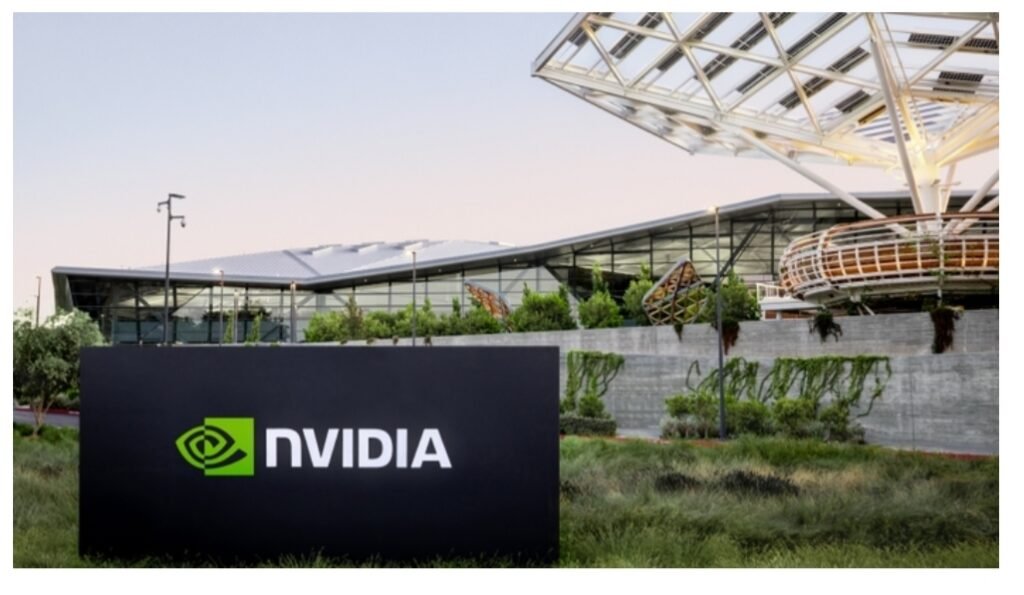In recent times, AI has noticeably made transformational changes in the technological landscape around the world, which makes it increasingly evident that the tech world is willing to bet all its chips on artificial intelligence (AI). While companies around the world are trying to harness and integrate AI functionality into every fabric of their being, Nvidia Corporation (Nvidia) has clearly emerged as a winner in the AI revolution. Nvidia was originally known for inventing the graphics processing units (GPU) which has been instrumental in shaping the current gaming industry, however since then the company has grown exponentially due to the timely bets made by its CEO Jensen Huang on AI years ago. This bet finally paid off in June 2024, when Nvidia briefly dethroned Microsoft to become the most valuable company in the world.
The qualifying word being ‘briefly’ in the previous statement considering that since then it has lost that title after the company underwent a days-long sell-off of its shares. Although the stock has somewhat normalised now, the company sits as the third most valuable company in the world, after Microsoft and Apple. It is worth noting that Nvidia was once a young startup conceived in a booth of a diner by CEO Jensen Huang and his close friends. So how did Nvidia achieve this level of success and profitability in a market dominated by the likes of Microsoft and Apple, who achieved their trillion-dollar status long before Nvidia? The answer lies in how over the past few years, Nvidia has consistently developed and nourished the desirability and necessity of their products in every facet of AI.
From the very beginning, Nvidia as the pioneer of GPUs was considered the primary choice for gamers around the world. The demand for GPUs increased exponentially during the pandemic owing to its utility in relation to cryptocurrency mining, which involved complex mathematical problem solving, to generate new cryptocurrency coins for circulation. Unlike the central processing unit (CPU) invented by Intel, the GPUs invented by Nvidia are proficient in ‘parallel processing’ which makes it optimal choice for solving problems more efficiently. Interestingly, generative AI is also heavily reliant on parallel processing, since the output generated by any generative AI model runs on ‘real time’ and requires the generative AI model to read through enormous data sets to produce results in a short span of time. Nvidia hedged all its bets on the coming AI revolution and took all business and research decisions to cater to development of their GPUs to complement AI models and services. Nvidia realised it quite early that to win the hardware game, they need to win the software war too. Nvidia developed its programming model called Compute Unified Device Architecture (CUDA) which quickly became an industry standard for developers. CUDA made Nvidia’s GPU functionality more accessible to developers, and although Nvidia’s competitors like AMD offers GPUs at a lower price, Nvidia retains the majority share of the market due to the early mover advantage, since developers grew accustomed to CUDA and are now unwilling to make a switch. Now that Nvidia had both pieces of the puzzle in place early in the race i.e., the software (CUDA) and the hardware (GPUs), it was only natural that they hold and continue to hold 80% plus market share long before AI became the talk of the town. When AI frenzy finally hit, Nvidia’s products became more of a need rather than a want. It was only natural that the company, being an early bird, would be ahead of the curve in its development of AI chips, and as it currently stands, the only obstacle Nvidia faces is trying to meet the demand for its AI chip ‘Blackwell’, since it was reported by the company that the demand has already started outstripping its supply.
It seems that there is no stopping the semiconductor company, given that as it stands right now, the Nvidia stock happens to be the most traded stock in wall street, which is almost 5 times more than Apple, Microsoft and Tesla each. However, Nvidia is not completely invulnerable, considering that even though it holds 90% share in the AI chip market, there are many competitors who have started producing their own chips. There are also geopolitical obstacles which the company is facing as the Biden administration continues to pressure Nvidia to stop selling their AI chips to China, Iran and Russia. It will be interesting to see if the company can usher a way forward to dethrone Microsoft again and whether the same will last for the foreseeable future. Nvidia’s make it or break it moment will inevitably depend on the commercial viability of AI and the laws which may develop around it soon. As of date, the company continues to place all its bets on AI advancement and plans to unveil its Rubin architecture in 2026 which will either pave the way for better AI infrastructure or break it completely. From here on, it is Nvidia’s game to lose, which only time will tell.
Author: Amartya Mody

